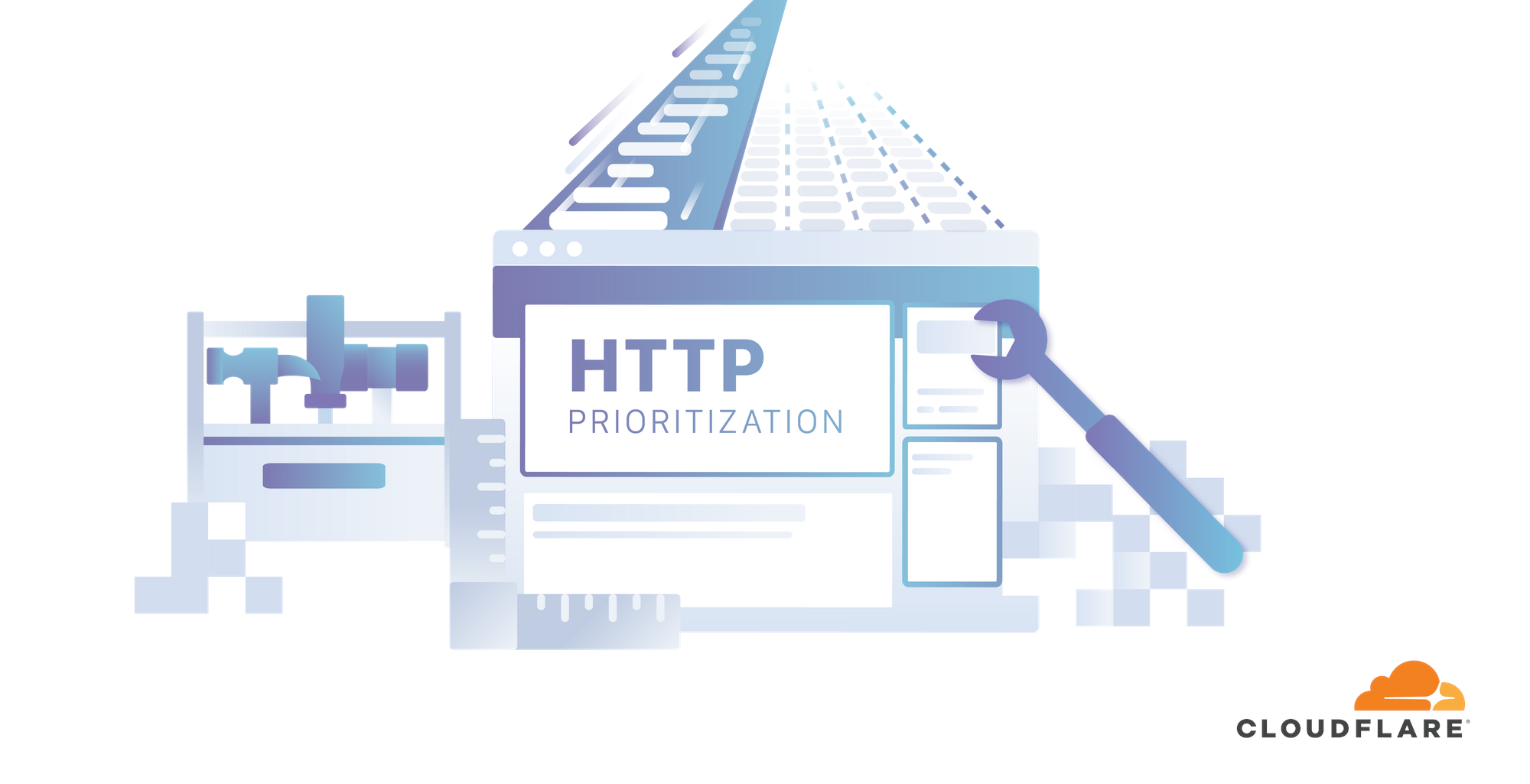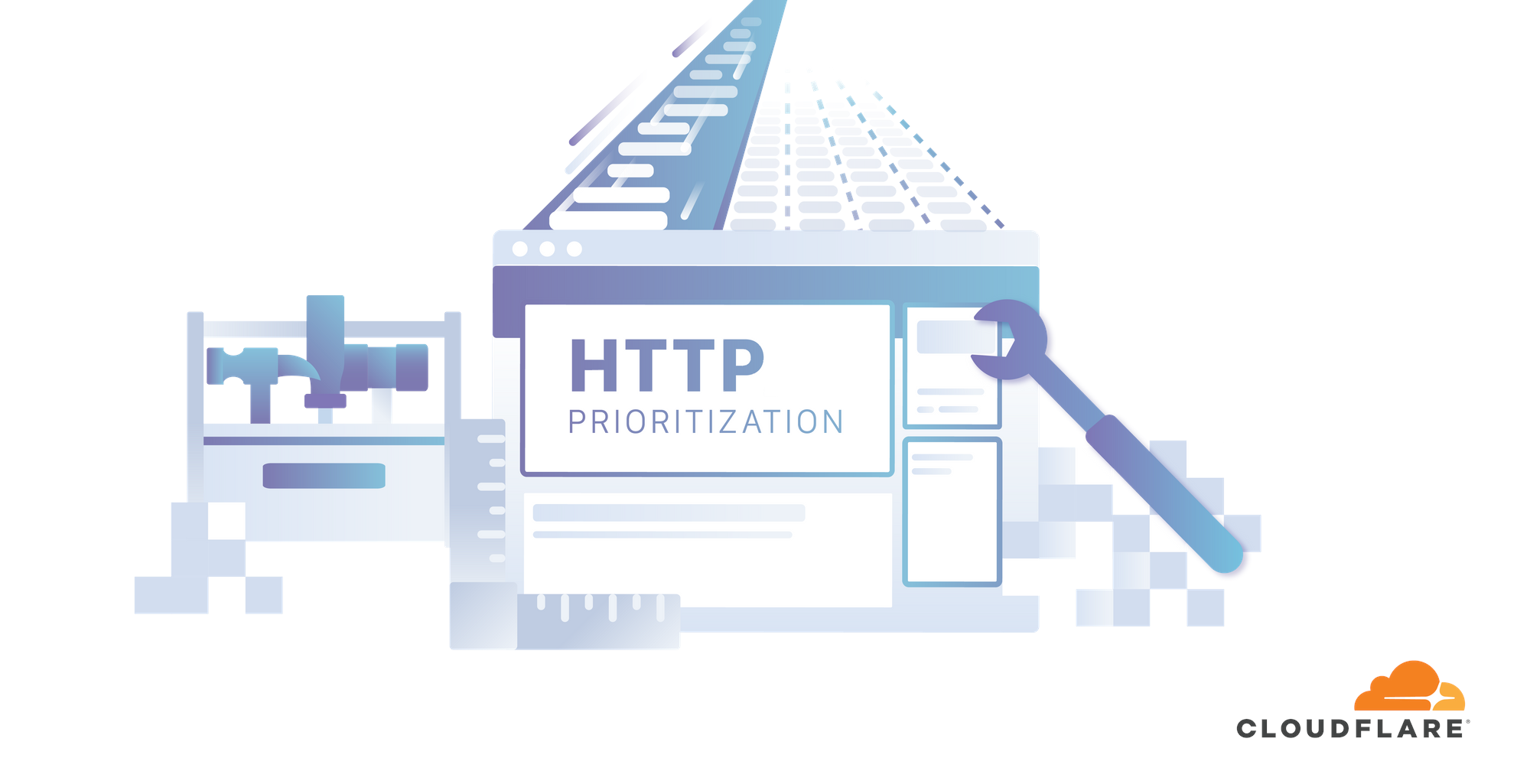How to Configure BurpSuite to use Tor as Proxy
BurpSuite is a manual toolkit for investigating web security. Burp Proxy allows manual testers to intercept all requests and responses between the browser and the target application, even when HTTPS is being used. The tutorial discusses configuration of Burp to use connection over Tor network. 1. BurpSuite Community Edition We can find BurpSuite Community Edition […]Continue reading...
BiB085 – Data Driven Infrastructure – Is that a thing ?
Software Defined Infrastrcture has changed the way we operate networks but little impact on the process of design or decision making. Doing the same old thing better isn't enough, enter Data Driven Infrastructure.BiB085 – Data Driven Infrastructure – Is that a thing ?
Software Defined Infrastrcture has changed the way we operate networks but little impact on the process of design or decision making. Doing the same old thing better isn't enough, enter Data Driven Infrastructure.
The post BiB085 – Data Driven Infrastructure – Is that a thing ? appeared first on Packet Pushers.
Amazon Claims FedRAMP Compliance for a Spate of Services
Amazon claims to have bolstered its FedRAMP compliance by nearly 18% since the beginning of...
France Finally Jumps on 5G Bandwagon
Europe’s fifth-most populated country is the last in that region to launch 5G-specific spectrum...
Time For Improvement

Welcome to 2020! First and foremost, no posts from me involving vision or eyesight or any other optometrist puns for this year. I promise 366 days free of anything having to do with eyeballs. That does mean a whole world of other puns that I’m going to be focusing on!
Now, let’s look back at 2019. The word that I could use to describe it was “hectic”. It felt like everything was in overdrive all year long. There were several times that I got to the end of the week and realized that I didn’t have any kind of post ready to go. I’m the kind of person that likes to write when the inspiration hits me. And instead I found myself scrambling to write up some thoughts. And that was something I told myself that I was going to get away from. So we’re going to call that one a miss and get back to trying to post on a day other than Friday.
That also means that, given all the other content that I’ve been working on with Gestalt IT that I’m going to have to schedule some time actually working on that content instead of hoping that Continue reading
Getting Started with the Rust Programming Language
A programming language that has begun picking up momentum in the community lately is Rust. This is a guide aimed at helping folks get started with the Rust Programming Language. Rust has been around for a while with a stable v1.0 shipping in 2015. Rust initially came from Mozilla who maintain the multi-million line C++ codebase in Firefox that has ... The post Getting Started with the Rust Programming Language appeared first on NetworkStatic | Brent Salisbury's Blog....
Returning to First Principles
I feel very strongly (and have for some time) that fundamentals are really important in a technical career. I didn’t start my career with a traditional CS degree, and while there were some fundamental knowledge to be picked up along the way, much of my education and early work experience bypassed a lot of the lower-level fundamentals and placed heavy emphasis on operating technology. This feeling of pulling levers and pushing buttons, rather than actually building things, in large part was responsible for me shifting back into software development full-time.SDxCentral’s Top 10 Articles — December 2019
Aviatrix CEO: SD-WAN is dead. AWS killed it; Fortinet leapfrogs Cisco with 21,000 SD-WAN customers;...
5G Put Down International Roots in 2019
The United States, China, South Korea, and some European countries are effectively battling for 5G...
Member News: Internet Society Highlights from 2019

It’s been a busy year for Internet Society Chapters around the world, with members pushing to extend Internet connections to remote areas, involved in public policy, and focusing on cybersecurity. Here are some of the highlights in 2019:
Extending Internet connections
Community awareness: The Madagascar chapter provided awareness training on community-based broadband networks in the rural areas of Ambohimasina, Antambolo, and Morarano-Antongona during February and March. “Our main objective was to ensure that people using the Internet continue to be convinced of its usefulness,” the Chapter wrote. Another goal was for local leaders to have access to the Internet for the “purposes of innovation, creativity and economic opportunities for their municipality.”
Network planning: In Nigeria, the Internet Society Chapter began planning to set up a community network in Zaria, a city in the northern region of the country. The Internet Society provided startup funds of about 10 million naira, or “about the cost of a fairly used Toyota Corolla,” the Chapter noted. “By being very frugal and leveraging on existing infrastructure being contributed by community members, this will cover the cost of the initial wireless hardware required to connect at least 12 locations across Zaria.”
Connecting classrooms: Continue reading
Cisco’s 2019 was Flush With 5G, Security, and SD-WAN
The vendor used its clout over the past 12 months in continuing to bolster its position across...
Related Stories
Juniper SD-WAN Demo Lets Customers Try Before They Buy
The virtual tour will, however, require users to sign up for a 30-day trial of Juniper's Contrail...
Adopting a new approach to HTTP prioritization


Friday the 13th is a lucky day for Cloudflare for many reasons. On December 13, 2019 Tommy Pauly, co-chair of the IETF HTTP Working Group, announced the adoption of the "Extensible Prioritization Scheme for HTTP" - a new approach to HTTP prioritization.
Web pages are made up of many resources that must be downloaded before they can be presented to the user. The role of HTTP prioritization is to load the right bytes at the right time in order to achieve the best performance. This is a collaborative process between client and server, a client sends priority signals that the server can use to schedule the delivery of response data. In HTTP/1.1 the signal is basic, clients order requests smartly across a pool of about 6 connections. In HTTP/2 a single connection is used and clients send a signal per request, as a frame, which describes the relative dependency and weighting of the response. HTTP/3 tried to use the same approach but dependencies don't work well when signals can be delivered out of order.
HTTP/3 is being standardised as part of the QUIC effort. As a Working Group (WG) we've been trying to fix the problems that non-deterministic ordering Continue reading
Cumulus content roundup: December 2019
We wrapped up December, and really 2019 with some pretty big news! Project DENT was officially announced and we’re excited for the possibilities will bring. Not sure what project DENT is? Luckily for you, we have all the coverage available for your reading pleasure in this month’s content roundup.
In addition to the DENT news, we also brought you another episode of our Kernel of Truth podcast and some great education blogs. Enjoy them all below!
From Cumulus Networks:
Announcing project DENT: We are now proud contributors to the DENT project! Premier members also include Amazon, Delta Electronics Inc, Marvell, Mellanox, and Wistron NeWeb (WNC). Launched by the Linux Foundation, DENT is networking software designed to simplify enterprise edge networking. Roopa Prabhu, our Chief Linux Architect, shares why the chance to enable networking hardware vendors to leverage the same benefits that all Linux hardware technologies do today has got us so excited to join the project.
Network inventory: what do you have, and should it be there?:How do you defend what you don’t know exists? Establishing & maintaining a network inventory is both a technological & a business process problem— we talk about how a modern Continue reading